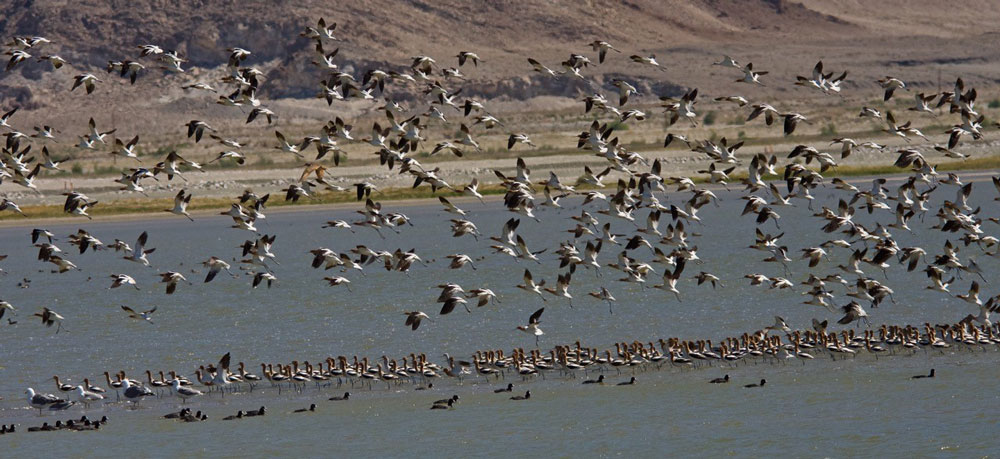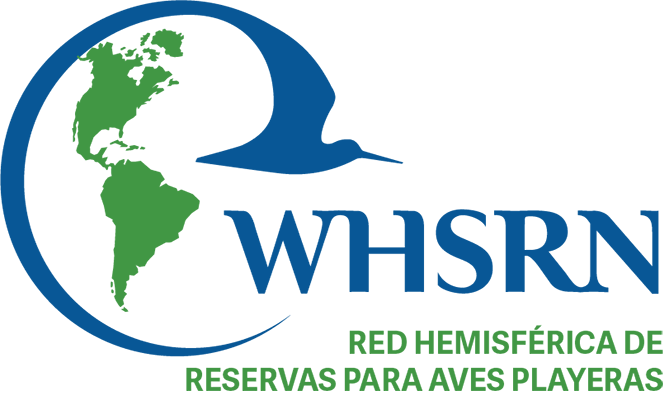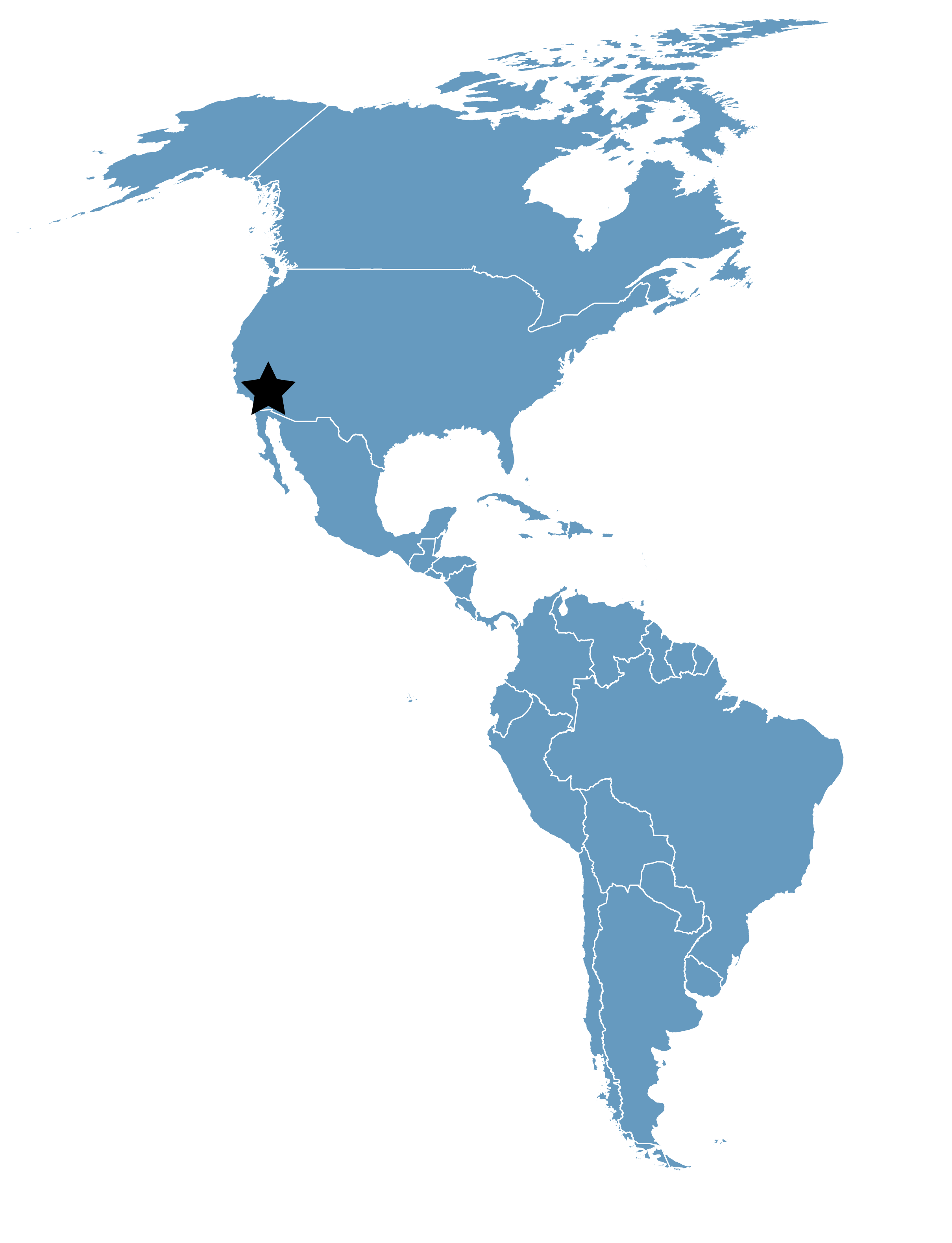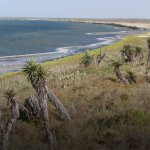Owens Lake
Location
California, United States
Category
International
Basis for Designation
Supports more than 100,000 shorebirds annually.
Size
28,490 hectares (70,400 acres)
Date Designated
April 2018
Site Owner
California State Lands Commission
City of Los Angeles
Site Partners
Eastern Sierra Audubon
California Audubon
California Fish and Wildlife Department
Los Angeles Department of Water and Power
Overview
Lying in the rain shadow of 14,000-foot peaks of the Sierra Nevada, Owens Lake is situated in a transition zone between the Great Basin and Mojave Deserts. The springs and shallow saline waters of Owens Lake have always provided valuable resources for shorebirds, and this site serves as an important stopover site for shorebirds in a vast desert region. Within historic times, the terminal Owens Lake experienced periodic drying and low levels due to climate variations, however, the completion of the Los Angeles Aqueduct in 1913 resulted in the diversion of water sources supplying the lake. The exposed playa of Owens Lake subsequently became the largest source of dust emissions in North America.
Since 2000, as part of the Owens Lake Dust Control Program, Los Angeles Department of Water and Power (LADWP) has implemented dust mitigation on over 31,000 acres of the lake bed. In order to attain and maintain compliance with state and federal air quality standards, various dust control measures have been applied including shallow flooding, establishing native alkali meadow vegetation, gravel, tillage and brine. The dust mitigation measures are designed to control dust that can impact nearby human populations, but water-based measures in particular have created habitat for large numbers of spring and fall migrant shorebirds, and have supported breeding shorebirds, including the Snowy Plover.

American Avocets at Owens Lake. Photo: Tom Knudson.
With implementation of LADWP’s Dust Mitigation Program, Owens Lake is now the largest wildlife site in Inyo County. As a WHSRN site, Owens Lake is unique, consisting largely of a network of roads, berms, and water delivery infrastructure designed to support dust control. Survey data indicate that more than 100,000 shorebirds now visit Owens Lake each year. This large concentration of shorebirds includes at least 1% of the biogeographic population of American Avocet (Recurvirostra americana), Least Sandpiper (Calidris minutilla), and Interior/Gulf coast population of Snowy Plover (Charadrius nivosus).
Key stakeholders at the lake include Eastern Sierra Audubon, LADWP, California Audubon, California State Lands Commission, and California Fish and Wildlife Department. These stakeholders have joined forces to develop a plan that will assure management of the Dust Control Project Area to maintain habitat value supporting the continued use of the area by shorebirds, waterfowl and other species.








